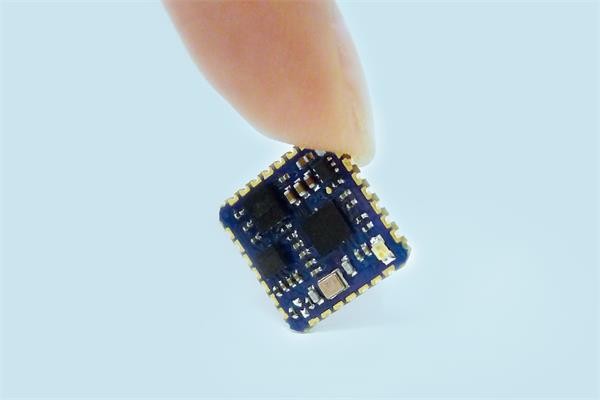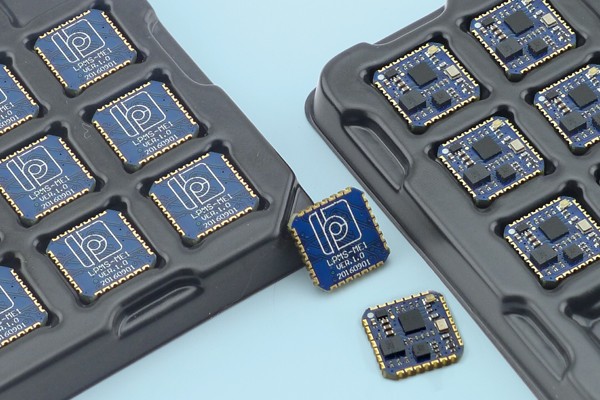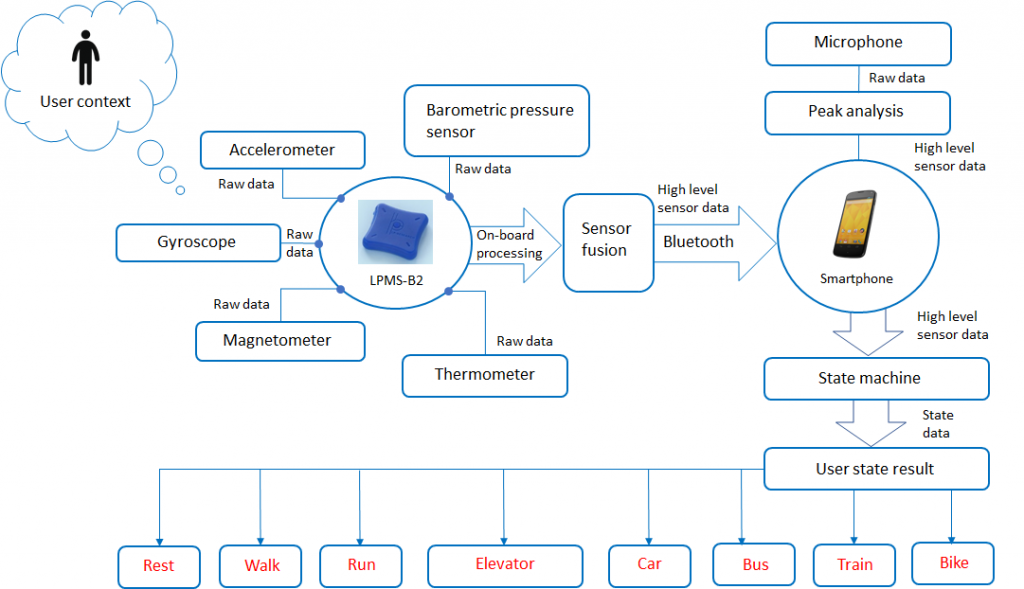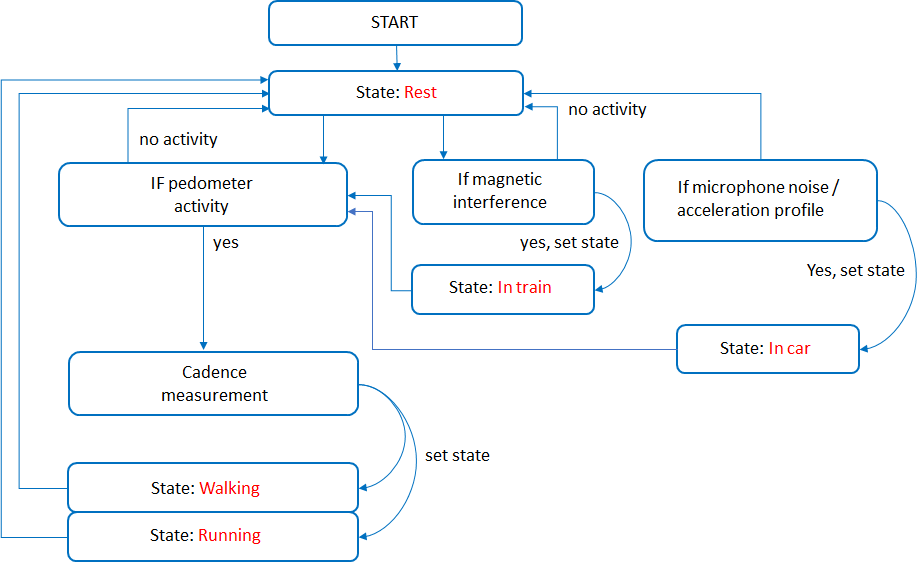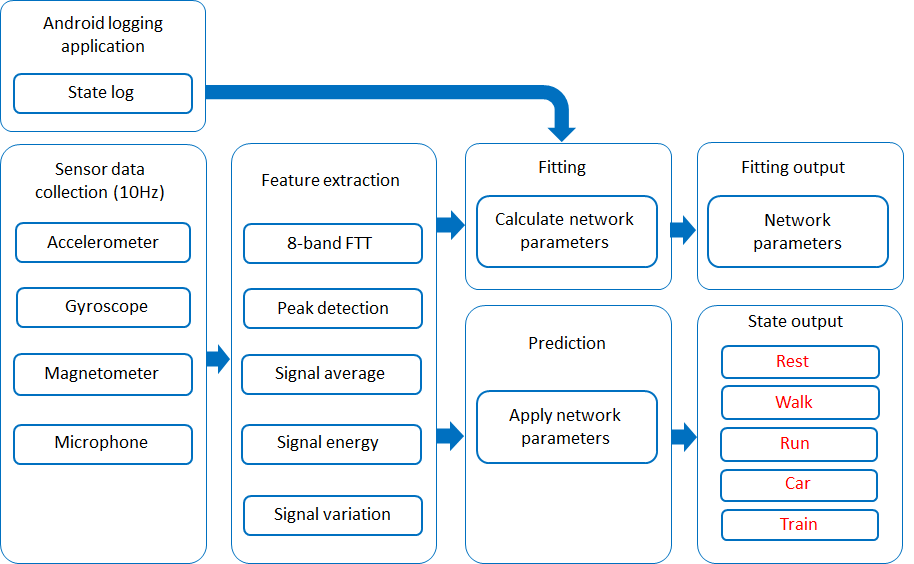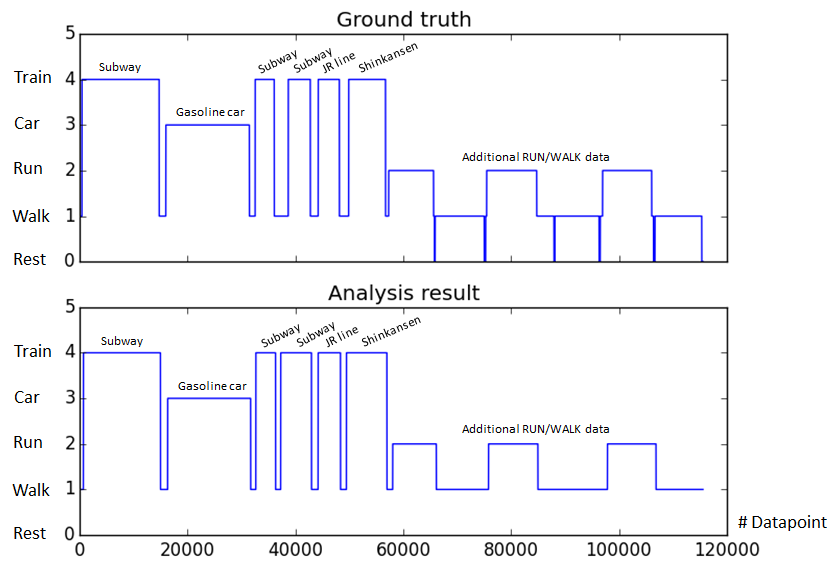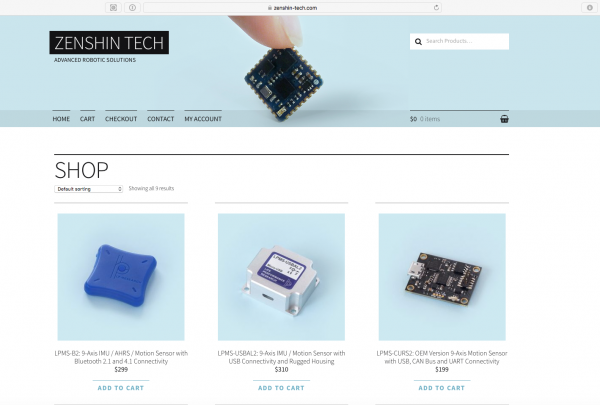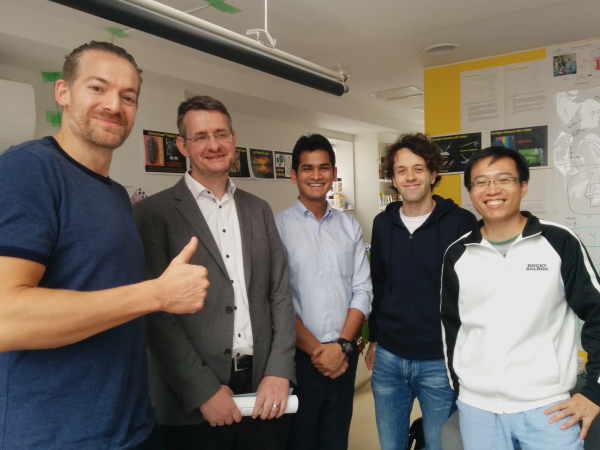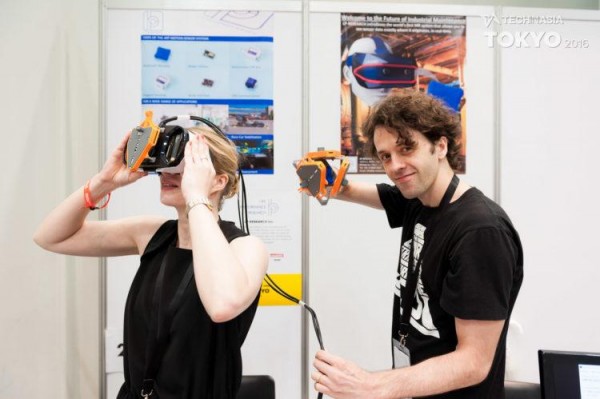New Miniature Sensor In: LPMS-ME1 Maker Edition!
We proudly present you our latest development! The LPMS-ME1 is our smallest motion sensor so far, with just 12 x 12 x 2.6 mm it is tiny! Despite its size this powerful 9-axis inertial measurement unit (IMU) has several sensors integrated, for example a 3-axis accelerometer, a 3-axis gyroscope and a 3-axis magnetometer. And this miniature motion sensor certainly comes at low cost.
It is very easy to assemble and can be conveniently embedded in the system of your choice. Due to its size it is perfect for your design ideas and development projects. Just to to give you some inspiration, it can be used for human motion capture or sports performance evaluation, for various sorts of Internet of Things (IoT) devices, and can be used to control unmanned aerial vehicles. You can even fly a drone with it!
Have a look at more specifications in our data sheet. This sensor comes with our own LpmsControl utility software and a one-year warranty service.
Get the LPMS-ME1 Maker Edition for your own innovations! Find a distributor of your choice or order online at Zenshin Tech.

